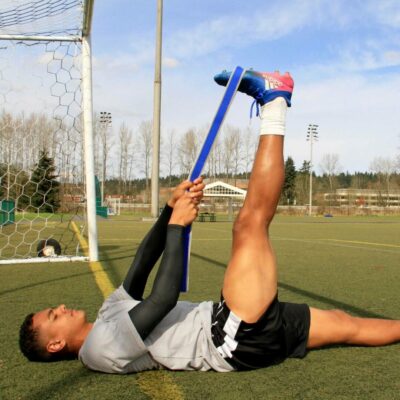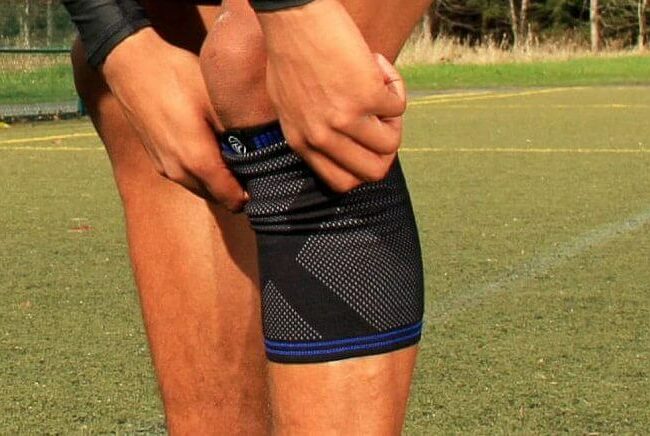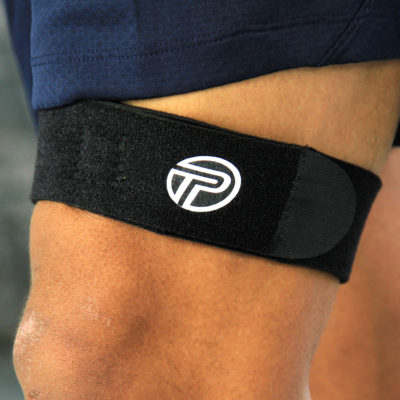As race day or tournament time approaches, one of the most common questions athletes face is: should I push harder or start taking it easy?
The answer lies in a smart blend of both — strategic tapering with intentional mental preparation.
Why Tapering Matters
In the final weeks and days before a major event, i.e. marathon or a major tennis tournament, your body needs time to recover, rebuild, and restore energy. This is where tapering comes in. Tapering means reducing training volume while maintaining intensity. You’re not stopping — you’re sharpening.
For runners, this often means cutting mileage by 20–60% over 2–3 weeks. For tennis players, it might mean shorter practice sessions with focused drills and match simulations rather than high-volume hitting.
The goal: arrive at the start line feeling fresh, not fried.
The Mental Side of the Taper
Tapering isn’t just physical — it’s a mental shift. After months of hard training, cutting back can feel counterintuitive. You might even experience “phantom pains” or doubt creeping in. That’s normal.
This is your cue to train your mind as intentionally as your body.
-
Visualize success: See yourself executing your race plan or dominating key points on the court.
-
Trust your training: Confidence comes from the work you’ve already done — now is the time to believe in it.
-
Practice calm: Incorporate mindfulness, breathwork, or light meditation to quiet nerves and sharpen focus.
The Bottom Line
In the lead-up to a big event, it’s not about doing more — it’s about doing what’s right. Taper your training, tune your mind, and trust the process. That’s how you show up ready, both physically and mentally.






